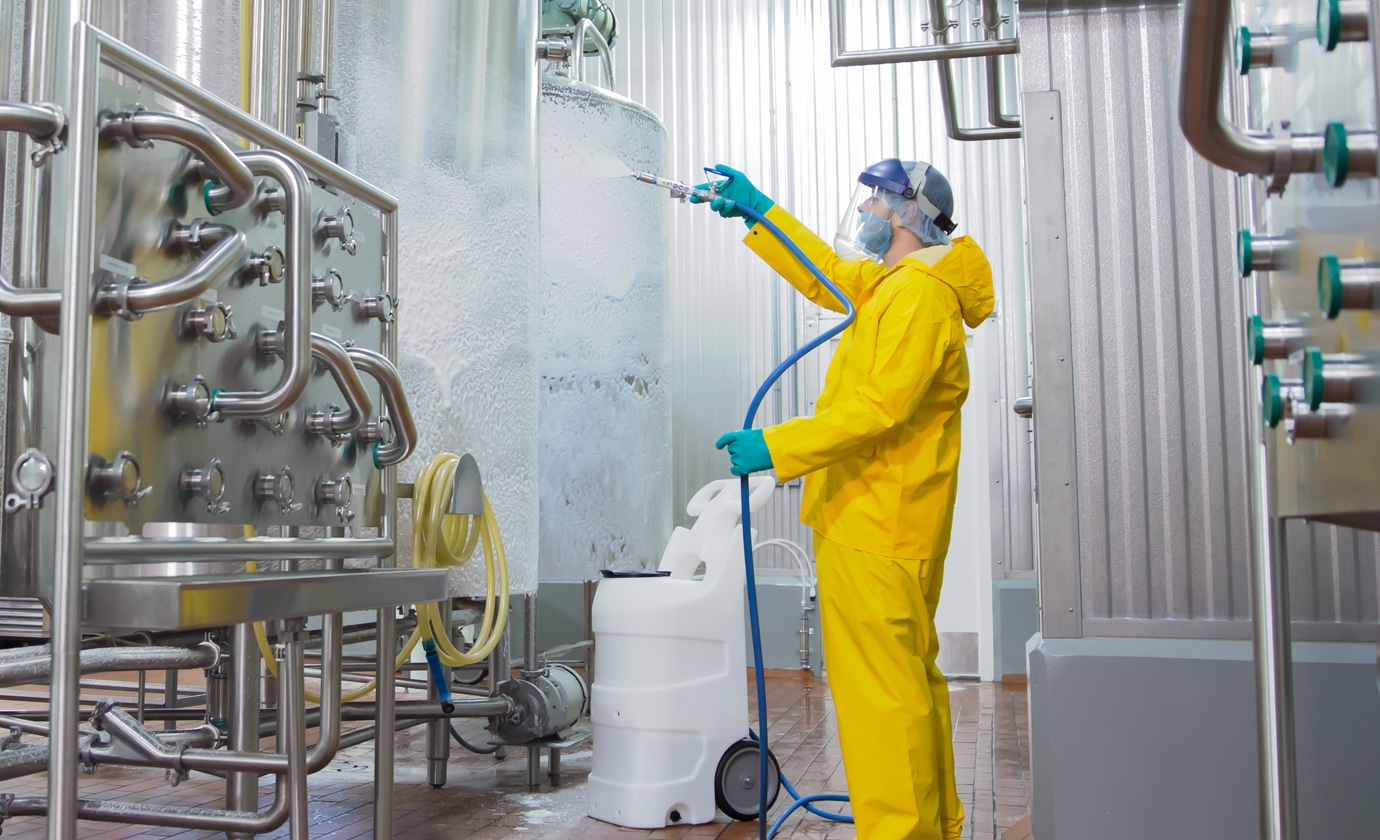
In the world of food manufacturing, cleanliness isn’t just a regulatory checkbox—it’s the foundation of product safety, quality, and consumer trust. Sanitation plays a crucial role in every step of the food production process, from raw material handling to packaging and distribution. Without stringent sanitation practices, a food facility risks contamination, product recalls, reputational damage, and even legal consequences.
Why Sanitation Matters?
- Prevents Contamination:
The primary goal of sanitation is to prevent the contamination of food products with harmful microorganisms, allergens, foreign materials, and chemicals. Contamination can occur at any point in the production line, and effective cleaning and sanitizing procedures are essential to mitigate these risks.
- Ensures Food Safety:
Consumers trust that the food they purchase is safe to eat. Maintaining sanitary conditions helps eliminate pathogens like Salmonella, Listeria, and E. coli, which can cause serious foodborne illnesses. A single lapse in sanitation can lead to outbreaks that harm public health and destroy brand credibility. - Complies with Regulatory Standards:
Regulatory agencies like the FDAM CFIA, and international bodies impose strict hygiene standards for food manufacturers. Regular audits and inspections assess whether a facility is meeting these standards. Poor sanitation can lead to fines, facility shutdowns, or mandatory product recalls. - Protects Product Quality and Shelf Life:
Sanitation isn’t only about safety—it also impacts product quality. Residues, spoilage organisms, or cross-contamination can alter taste, texture, or appearance, leading to consumer dissatisfaction. Clean facilities help ensure consistency and extend product shelf life. - Enhances Operational Efficiency:
A clean facility runs more smoothly. Equipment lasts longer, downtime is minimized, and there’s less need for costly repairs. Sanitation also fosters a culture of discipline and accountability among employees, which improves overall workflow and efficiency.
Key Elements of an Effective Sanitation Program
- Standard Sanitation Operating Procedures (SSOPs): Clear, documented cleaning and sanitizing protocols for each piece of equipment and area in the facility.
- Training and Education: All employees must understand the importance of hygiene and be trained on proper sanitation techniques.
- Scheduled Cleaning: Regular and thorough cleaning schedules help maintain consistent hygiene levels.
- Verification and Validation: Use of microbial testing, swabbing, and visual inspections to confirm that cleaning methods are effective.
- Record Keeping: Accurate documentation of cleaning activities, inspections, and corrective actions is essential for accountability and audits.
Creating a Culture of Clean
Sanitation isn’t the job of a single department—it’s a facility-wide responsibility. When management prioritizes hygiene and provides the tools and training employees need, sanitation becomes a shared value rather than a chore. This culture of cleanliness leads to safer food, happier customers, and a stronger brand.
Final Thoughts
In food manufacturing, sanitation is not optional—it’s essential. It’s the unseen force behind every safe bite consumers take. By investing in proper sanitation practices, facilities protect their products, their people, and their reputations.


